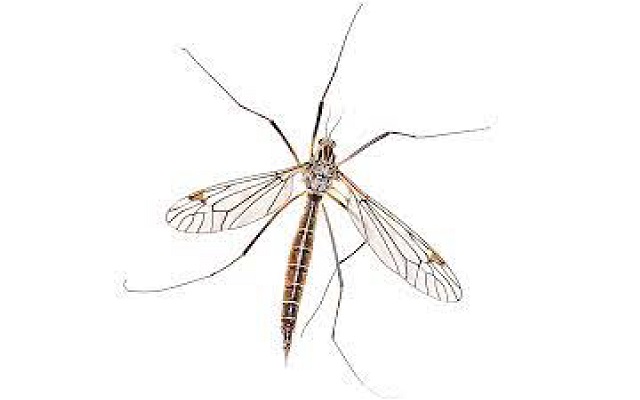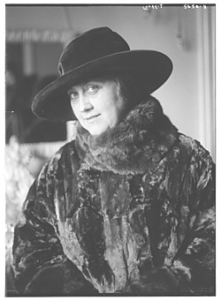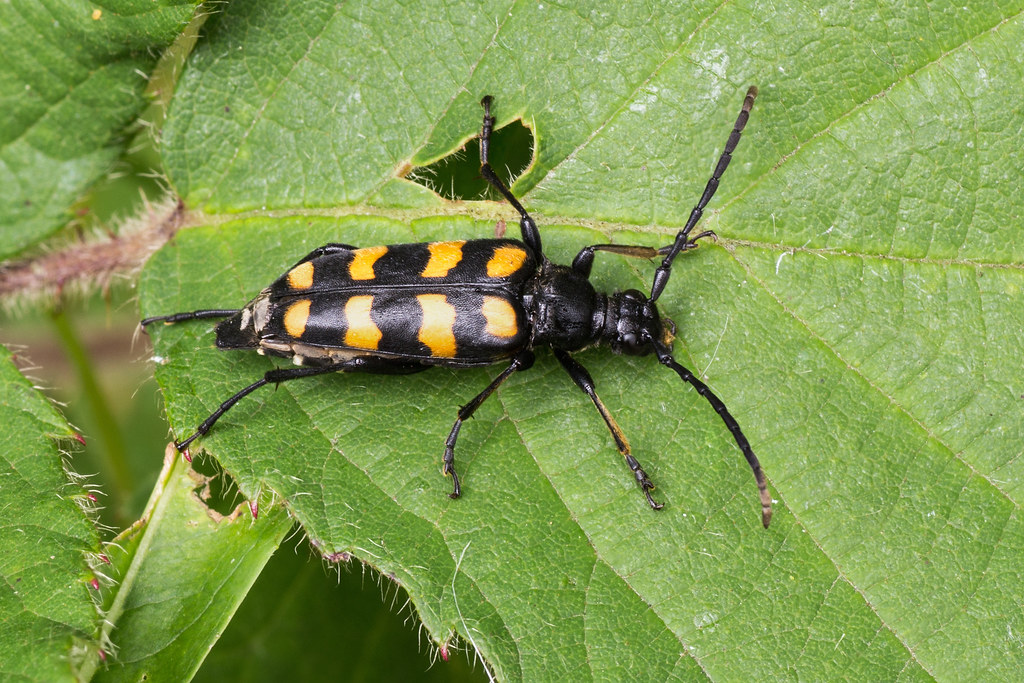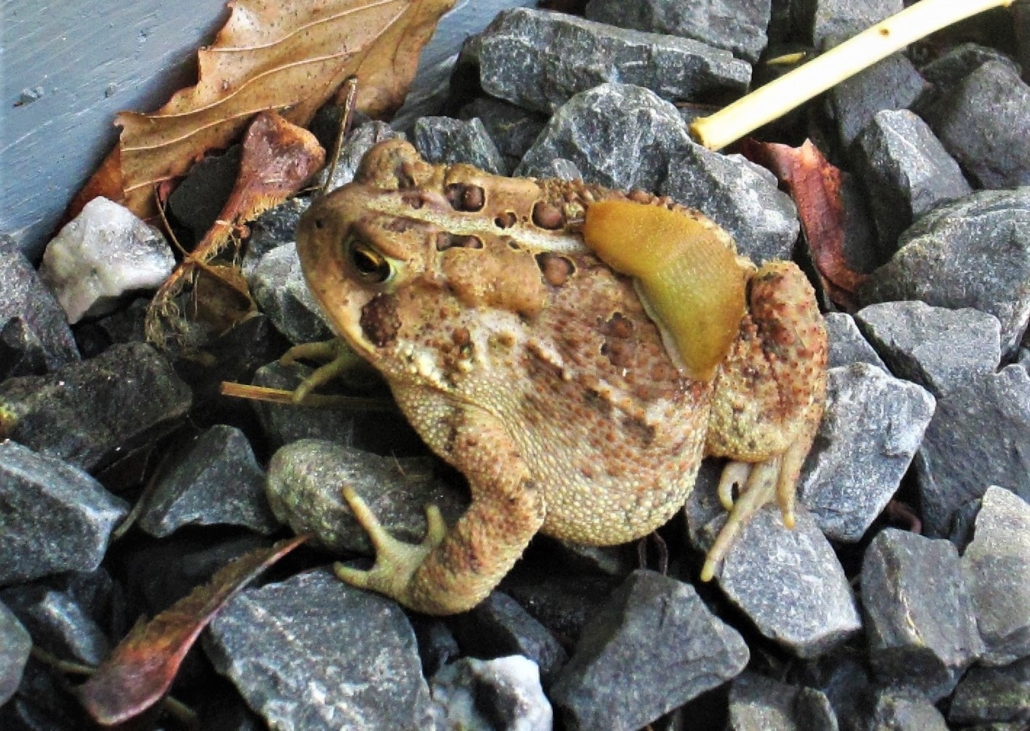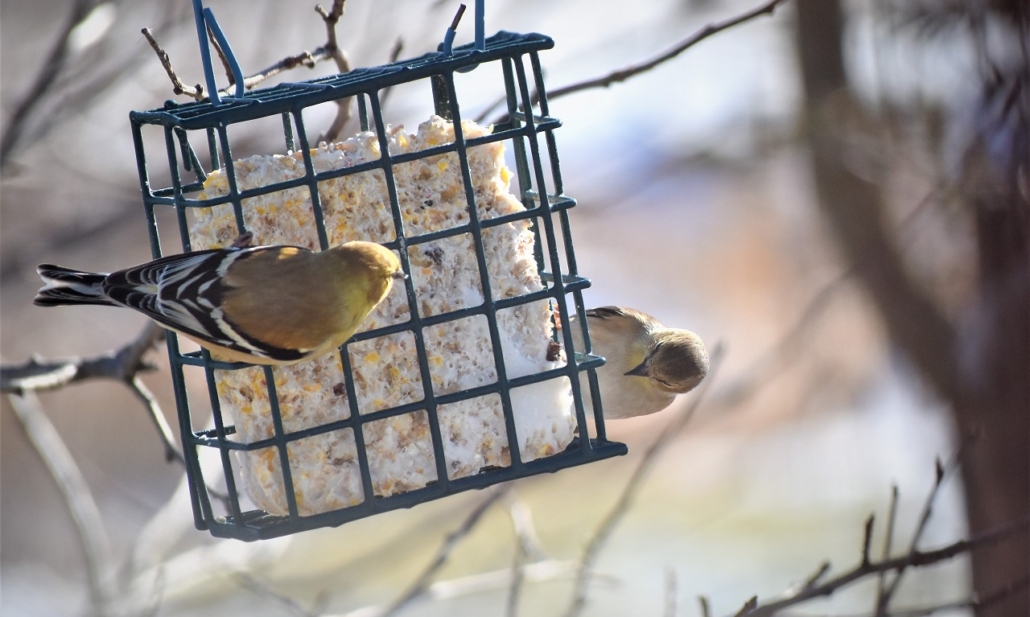SCORES & OUTDOORS: Those giant mosquitoes buzzing around at night
 by Roland D. Hallee
by Roland D. Hallee
Have you ever gone to bed on a warm summer night, and seen this thing flying around that resembles a large mosquito?
It happens to me all the time at camp.
Sitting up in bed, grabbing the book I’m reading, or possibly a magazine for some light and quick reading. And, there it is, buzzing around the light, and becoming extremely annoying. It looks like a giant mosquito.
One of my relatives recently posted a photo on Facebook of that exact same insect on her arm. In the posting, she notes, “it’s a good thing I’m not afraid of spiders.” Wait a minute, this insect has six legs. All arachnids have eight legs. That is not a spider.
Well, I quickly fired off an email to my biologist contact at the Maine Department of Inland Fisheries and Wildlife, along with the photo. It didn’t take long to receive a reply.
His response was, “this is a cranefly, a true fly in the order Diptera, and probably from the family Tipulidae. There are over 1,500 species of Craneflies in North America and possibly several hundred in Maine. The adults are harmless, some species not feeding at all, and some species feeding predominantly on nectar.”
In colloquial speech, the cranefly is sometimes called Daddy Longlegs, a term also used to describe opiliones, or harvestmen, both of which are arachnids. The larvae of the cranefly are known commonly as leatherjackets.
Craneflies are found worldwide, though individual species usually have limited ranges.
The adult crane fly, like mentioned earlier, resembles an oversized mosquito, and has stilt-like legs that are deciduous, easily coming off the body.
The adult female usually contains mature eggs as she emerges from her pupa, and often mates immediately if a male is available. Adult craneflies have a lifespan of 10 – 15 days. Cranefly larvae (leatherjackets) have been observed in many habitat types on dry land and in water. They are cylindrical in shape, but taper toward the front end, and the head capsule is often retracted into the thorax. Larvae may eat algae, microflora, and living or decomposing plant matter, including wood. Some are predatory.
The sole purpose of the adult crane fly is to mate and, for the females, to lay eggs for next spring’s crop of flies. Crane flies are harmless to handle, so the next time one makes its way indoors, simply cup it gently to release outdoors. Think of it as a romantic gesture.
Some lavae species consume some living aquatic insects and invertebrates, which could potentially include mosquito larvae. Many, however, because of their short lifespan, never eat at all.
Numerous other common names have been applied to the crane fly. Many of the names are more or less regional in the U.S., including mosquito hawk, mosquito eater, gallinipper, and gollywhopper.
There are other misconceptions about the crane fly.
There is an enduring urban legend that crane flies are the most venomous insects in the world, but have no ability to administer the venom; this is not true. The myth likely arose due to their being confused with the cellar spider as they are also informally called “daddy longlegs”, and although the arachnid does possess venom, it is not especially potent.
Despite widely held beliefs that adult crane flies prey on mosquito populations, the adult crane fly is anatomically incapable of killing or consuming other insects.
Crane flies are generally thought as agricultural pests. Since the late 1900s they have become invasive in the United States. The larvae have been observed on many crops, including vegetables, fruits, cereals, pasture, lawn grasses and ornamental plants.
Should you kill crane flies? Adult crane flies are harmless and do not feed on blood. However, crane fly larva, known as leatherjackets, can cause damage to your lawn. You can kill the flies immediately with an insecticide or you can take preventative measures by killing their larva.
First, you must use home remedies with essential oils to prevent adult crane flies. It will also prevent them from laying their eggs in your garden or lawn. There are many essential oils that you can use to make your treatment, the most common being lavender, and peppermint oil.
It is harmless to humans, can be a nuisance to agriculture, but I wish it would stop reading over my shoulder.
Roland’s trivia question of the week:
Which Red Sox relief pitcher appeared in a record 81 games during the 2005 season?


